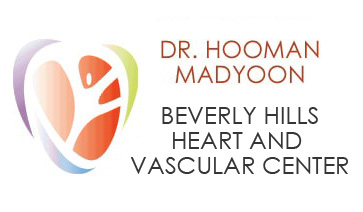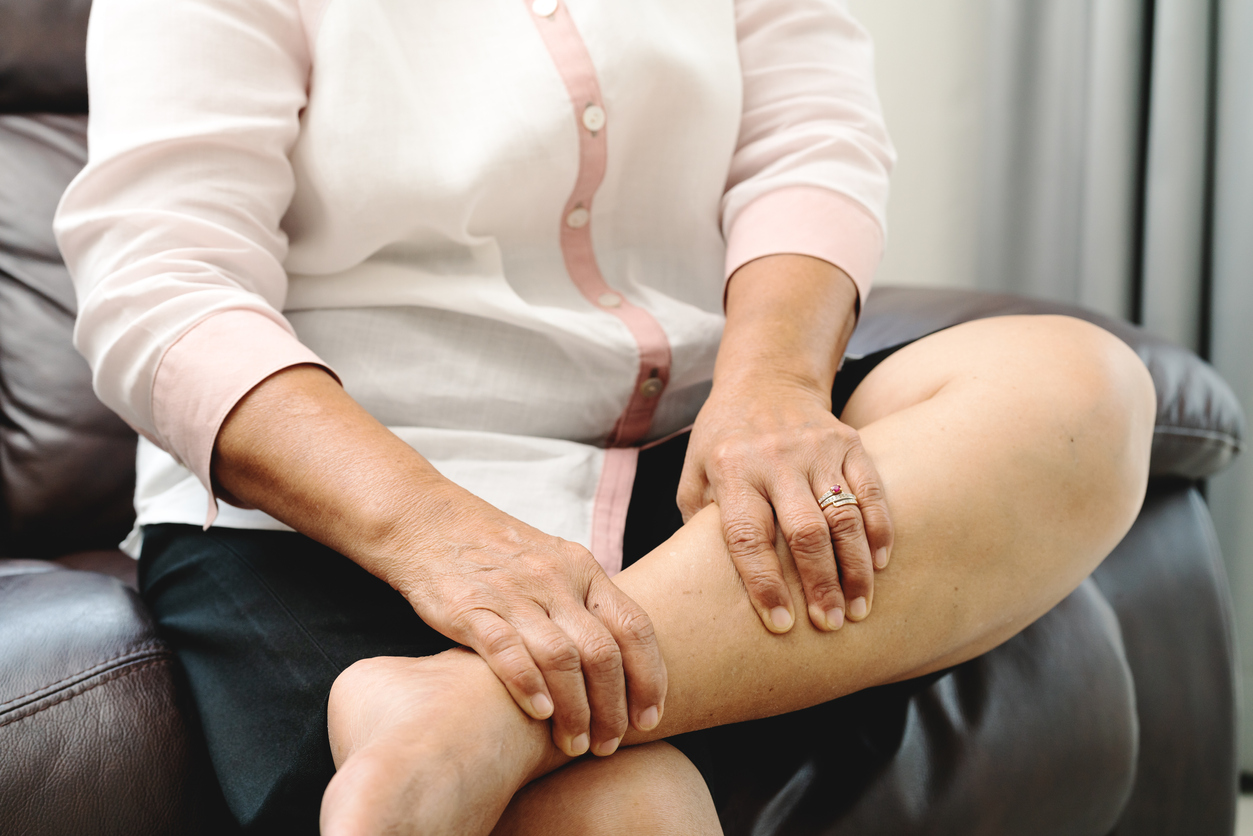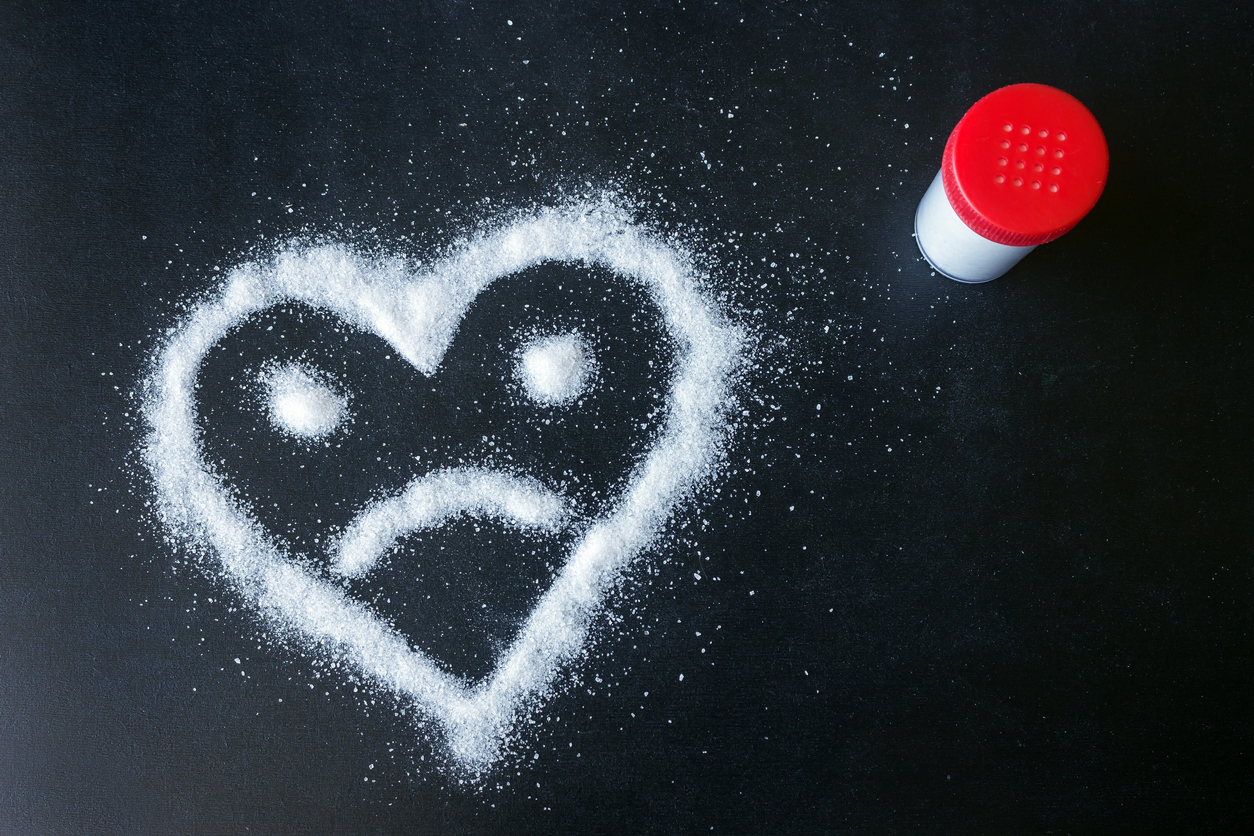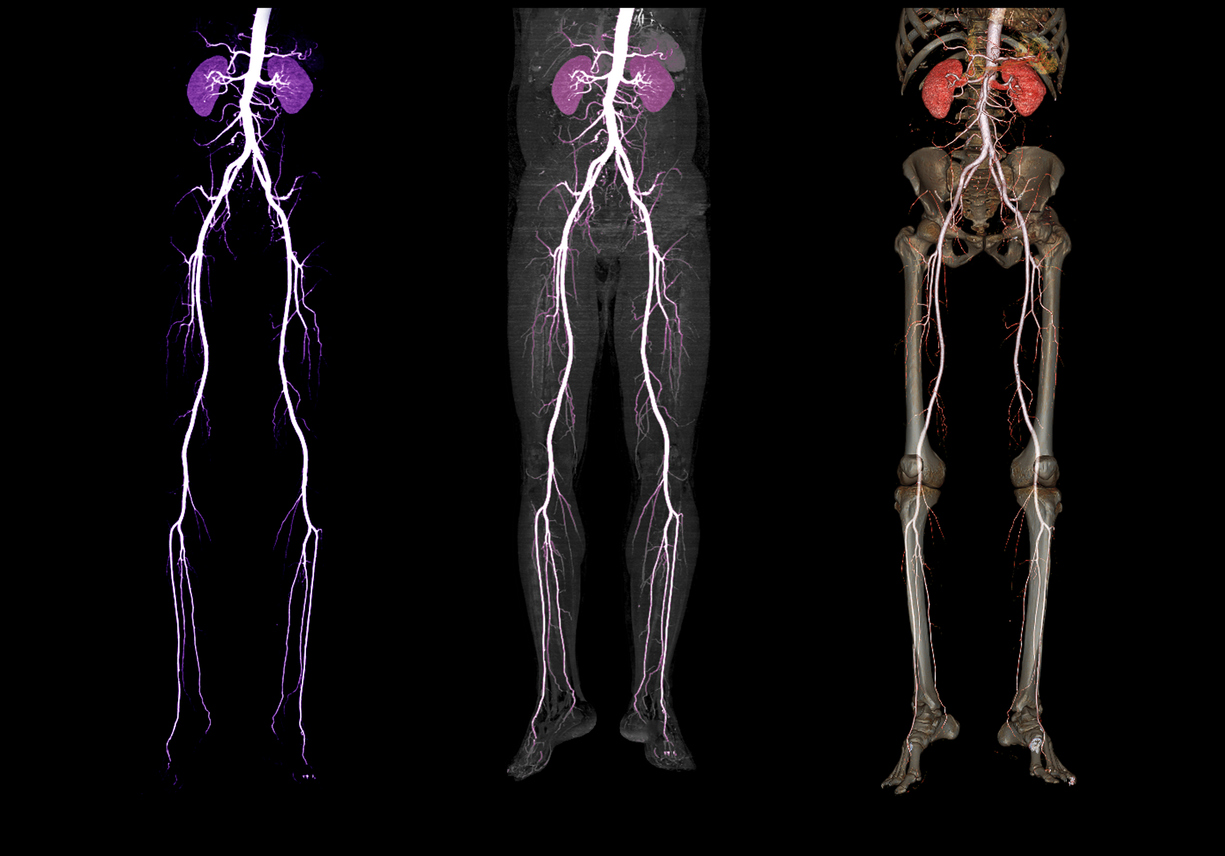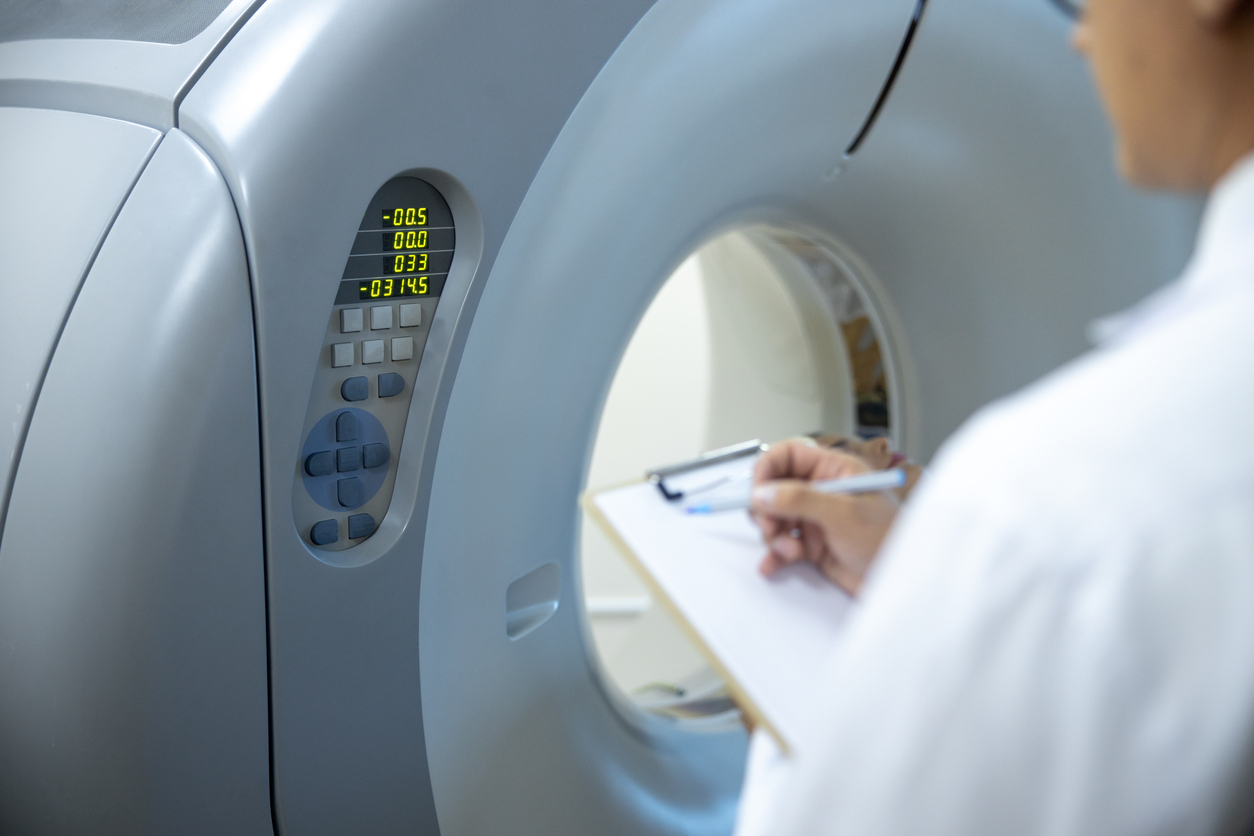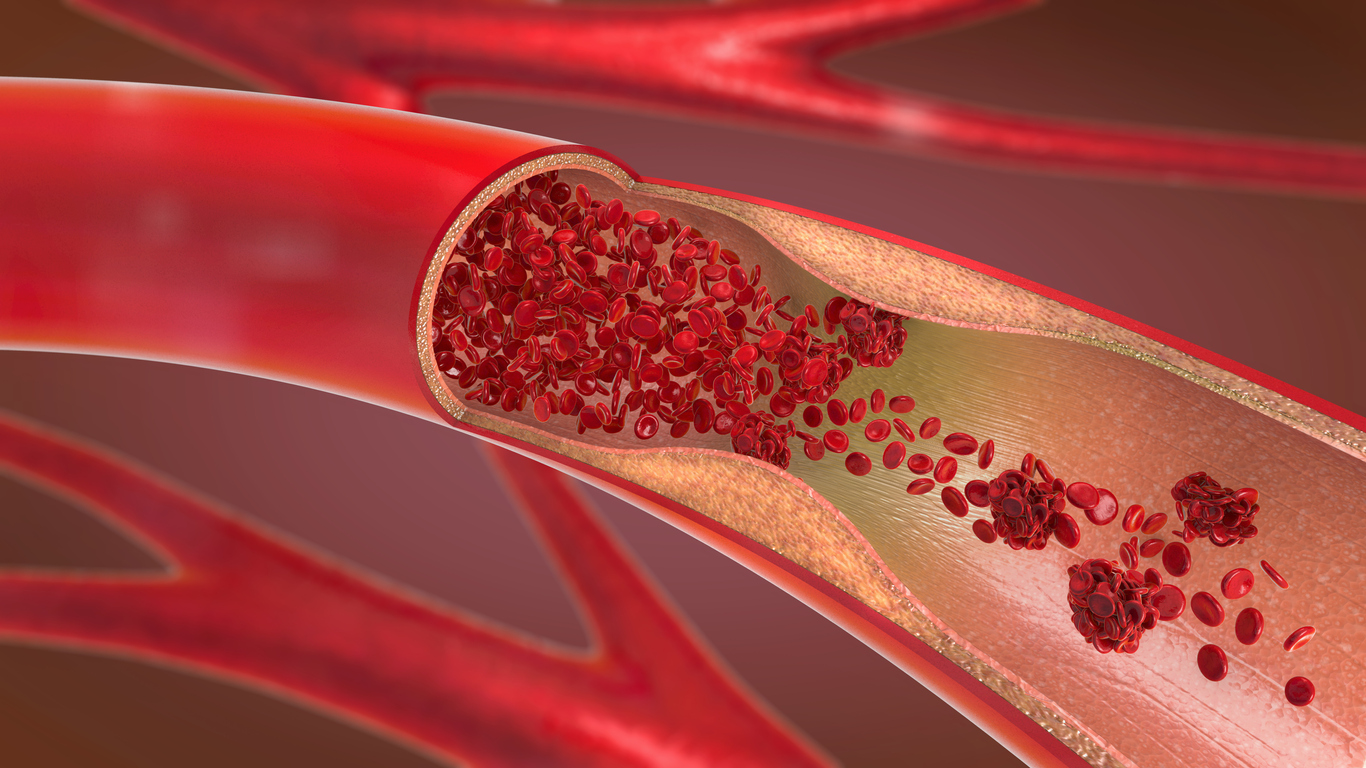Deep vein thrombosis can lead to major health problems and can sometimes be fatal. With that, contacting your medical care provider or getting medical attention as soon as possible is important. To most outside the medical community, deep vein thrombosis (DVT) may sound like a cluster of fancy medical words that’s beyond our understanding. However, the health issue is fairly simple to understand. The blood in your body that moves in your veins can sometimes move too slowly. This causes a backup in your veins and can cause your blood cells to clump into a clot. When a blood clot forms in a vein that is deep inside your body, it causes DVT. It is most often found in your lower leg, thigh, or pelvis, but it can occur in other areas of your body as well. Deep Vein Thrombosis can lead to a number of health problems and it can also be fatal. This is why medical treatment is so necessary if you experience any of the signs or symptoms.
The Best Exercises for Varicose Veins
Varicose veins are extremely common, and while most aren’t medically dangerous, they make showing a little skin far less fun. Technically, you could develop varicose veins anywhere, but they’re usually present on the legs. Their appearance can vary somewhat based on severity, but they generally appear as thick, twisted, purple veins near the skin’s surface. …
